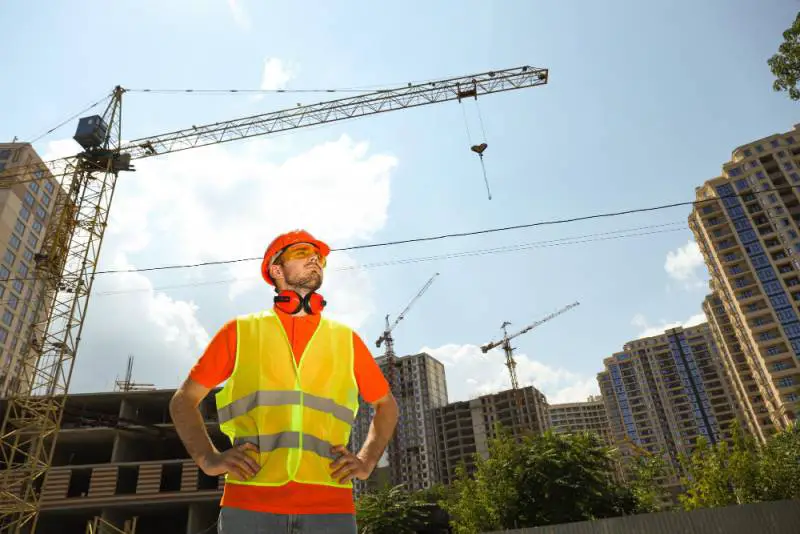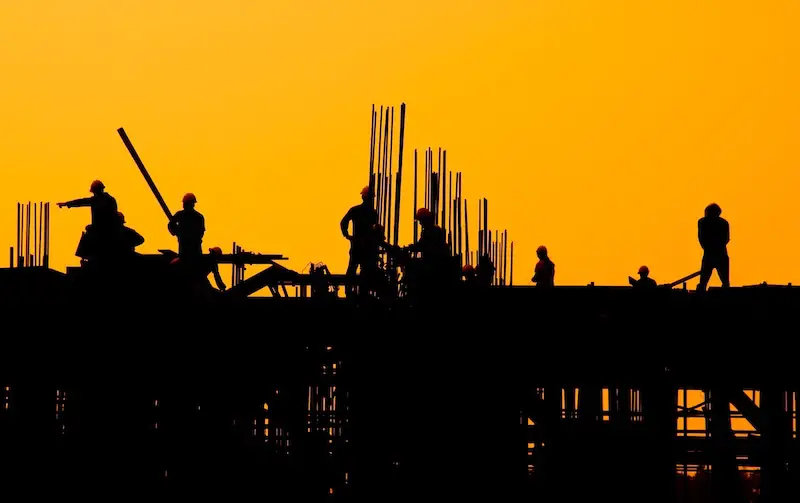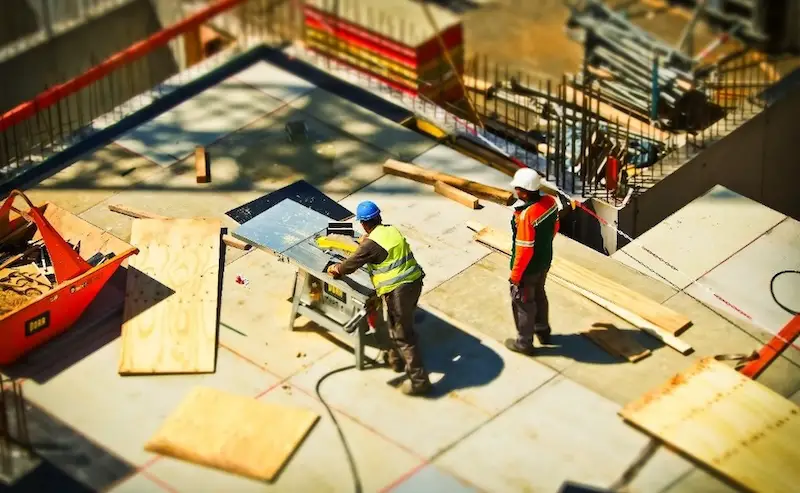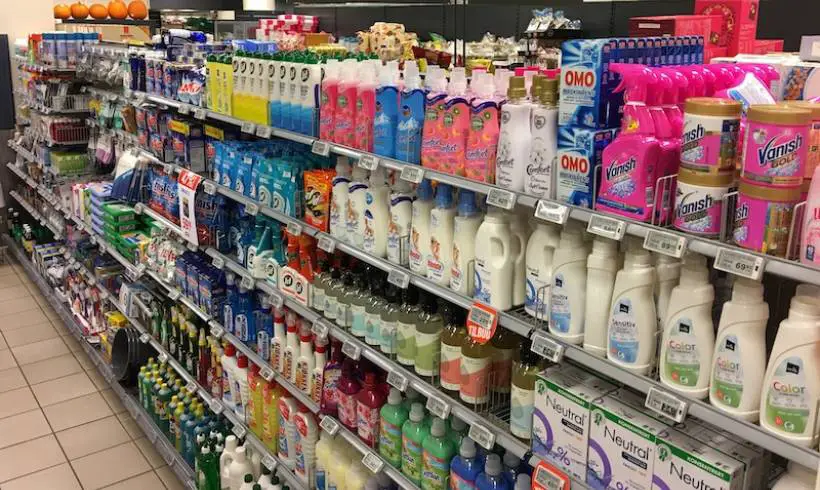How Construction Companies Can Ensure Workers' Safety On-Site

The construction industry is a vibrant and essential part of any city's growth and development. However, amidst the backdrop of cranes and scaffolding, there lies a paramount responsibility for construction companies to ensure the safety and well-being of their workers.
Maintaining rigorous safety standards on construction sites is not just a regulatory requirement for any entity that prides itself on progressive values and community welfare; it's also a commitment to the people and the city’s future.
Construction projects can indeed shape a city's skyline, and it is crucial that they also exemplify the highest standards of safety and care for all.
10 Key Strategies to Ensure Construction Site Safety and Care

Here’re various strategies construction companies can enhance on-site safety, ensuring a secure environment for their workforce amid the dynamic challenges of urban construction.
1. Have Comprehensive Safety Training
A cornerstone of ensuring safety on construction sites is the provision of ongoing comprehensive safety training for all employees. Regular training sessions are essential to keep the workforce updated on the latest safety protocols and procedures.
Specialized training programs should be implemented for workers handling high-risk tasks or operating specialized equipment, ensuring they are equipped with the necessary skills and knowledge to perform their duties safely.
There should be continuous education and training that helps adapt to evolving industry standards, new technologies, and methods, keeping safety practices at the forefront of operations.
2. Provide Adequate Facilities on Site
Providing adequate and appropriate facilities on-site is crucial for maintaining the health and welfare of construction workers. Essential facilities such as porta-potties are vital for ensuring hygienic conditions for workers. For example, opting for a reliable construction site porta-potty rental in Portland, Oregon can significantly contribute to maintaining cleanliness and sanitation.
Access to well-equipped first aid stations is imperative for promptly addressing any medical emergencies or injuries, thereby safeguarding worker health and preventing minor injuries from escalating into major incidents.
The placement and maintenance of these facilities should comply with legal standards and be suitable to accommodate the size and scope of the workforce on site.
3. Conduct Regular Safety Audits and Inspections
Conducting safety audits and inspections is a proactive approach to identifying and addressing potential hazards on construction sites.
Regularly scheduled inspections are essential for examining various areas of the site, identifying potential risks, and implementing corrective measures in a timely manner. These inspections should be conducted by individuals or teams with expertise in safety protocols and hazard identification, ideally with experience in Portland's construction industry standards.
The findings from these inspections should be documented and acted upon promptly, ensuring that any identified risks are mitigated and that the site remains compliant with safety regulations.
4. Adhere to Safety Gear Standards
The use of appropriate safety gear is a fundamental aspect of preventing accidents and injuries on construction sites. Strict adherence to safety gear standards is non-negotiable.
All workers should be equipped with the necessary safety gear, including helmets, gloves, safety glasses, and other relevant equipment. The company is responsible for providing high-quality safety gear and ensuring that it is properly used and maintained. This includes regular inspections and replacements of safety equipment to ensure its effectiveness.
Educating workers on the importance and proper usage of safety gear reinforces a culture of safety and ensures that all team members understand their role in maintaining a safe working environment.

5. Keep Construction Sites Clean and Organized
Maintaining a clean and organized site is integral to reducing the risk of accidents and ensuring a streamlined workflow.
Regular site clean-up and orderly storage of materials and tools are essential in minimizing hazards like tripping or equipment mishandling. This practice not only ensures safety but also improves the overall efficiency of work processes on the construction site.
Clear and visible signage, especially in high-risk areas, helps in guiding the movement of workers and machinery, thereby reducing the potential for accidents.
6. Open Communication Channels for Safety Concerns
In fostering a safe construction environment, open and clear communication is key. Encouraging workers to report safety concerns without fear of reprisal is vital. This can be facilitated through regular meetings, suggestion boxes, or digital reporting systems.
Management should take an active role in addressing these concerns promptly and effectively. Creating a culture where safety concerns are welcomed and acted upon not only enhances the safety of the site but also boosts the morale and trust of the workforce.
7. Incorporate Safety Technology
Leveraging technology in safety management can significantly improve the safety standards of a construction site.
The use of wearables that monitor workers’ vitals and alert them to potential dangers, drones for conducting aerial inspections of hard-to-reach areas, and software for real-time hazard reporting and communication are examples of how technology can be effectively integrated into safety protocols.
Such tools enable quick detection and response to potential risks, ensuring a safer environment for workers.
8. Stay Current with Safety Regulations
Staying informed and compliant with the latest safety regulations is crucial for any construction company.
Regular updates and training sessions should be conducted to ensure that all employees are aware of the latest safety laws and guidelines. This not only ensures a safer work environment but also protects the company from potential legal liabilities.
A proactive approach to compliance with safety regulations demonstrates a company’s commitment to maintaining the highest safety standards.
9. Have an Emergency Preparedness and Response Plan
Having an established and well-practiced emergency response plan is essential for any construction site. This includes detailed procedures for various potential emergency scenarios, regular emergency drills to ensure all workers are familiar with the protocols, and readily accessible emergency contacts and equipment.
A robust emergency plan enables quick and efficient responses in critical situations, potentially saving lives and preventing severe injuries.
10. Establish a Culture of Continuous Improvement and Safety
Building a culture that prioritizes safety is perhaps the most crucial step in ensuring site safety. This involves a continuous process of learning, improvement, and reinforcement of safety practices. Analyzing past incidents to learn and improve, regularly updating safety procedures, and rewarding safe practices are ways to foster this culture.
When safety becomes an ingrained part of a company’s ethos, it leads to a naturally safer, more responsible work environment.
In Conclusion
Ensuring safety on construction sites, especially in a dynamic and rapidly evolving city, requires a multifaceted approach. It’s about creating an environment where safety is paramount, where every worker understands their role in maintaining this safety, and where the company commits to upholding the highest standards.
By implementing comprehensive training programs, ensuring adequate facilities, embracing technology, and fostering open communication, construction companies can create safer work environments. Staying up-to-date with safety regulations, preparing for emergencies, and continuously improving safety practices further solidify this commitment.
As construction companies embrace these on-site safety practices, they not only protect their workforce but also enhance their operational efficiency, project success, and overall reputation in the industry.











![6 Content Creation Ideas for Aspiring Student Influencers [node:title]](/sites/default/files/styles/front_featured__front_/public/smiley%20woman%20with%20ring%20light%20content%20creator%20influencing%20ideas.jpeg?itok=xZW21mJh)













![The Jobs Artificial Intelligence Will Take Over First [node:title]](/sites/default/files/styles/video_thumbnail_bottom/public/adult-person-interacting-with-futuristic-delivery-robot-jobs-ai-will-take-over.jpeg?itok=fqAnaLcu)











